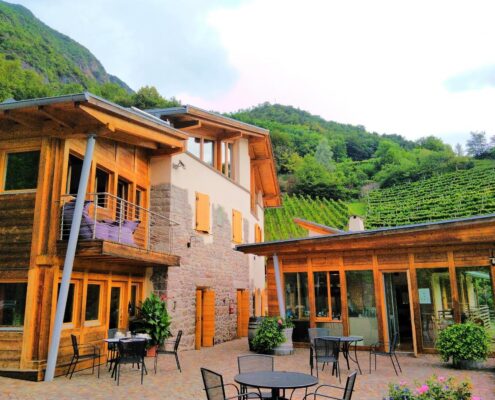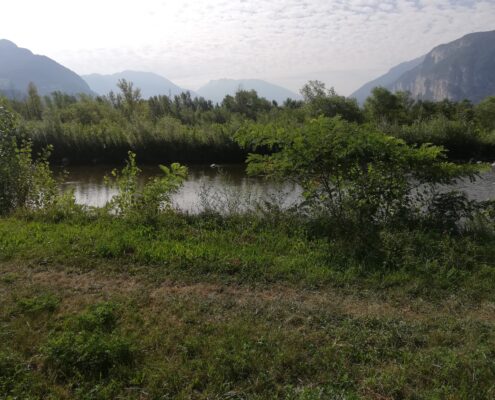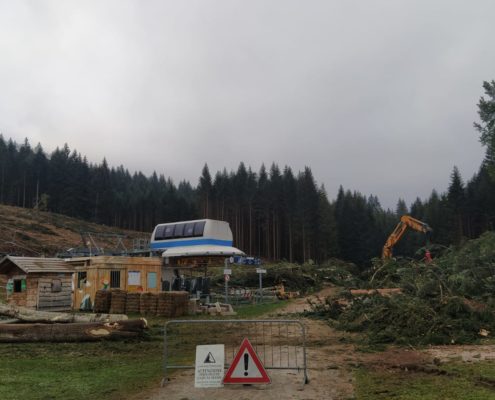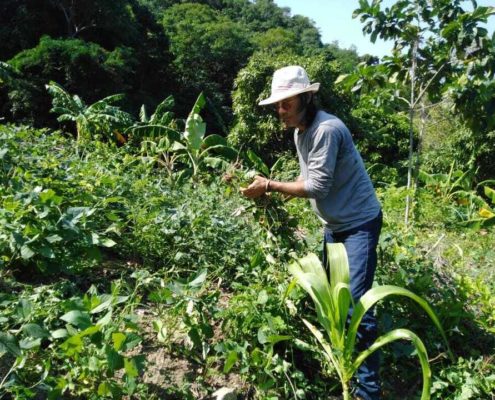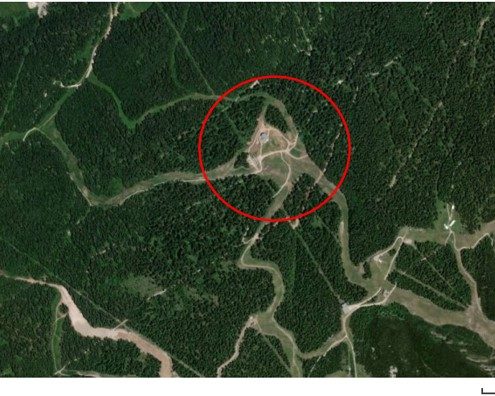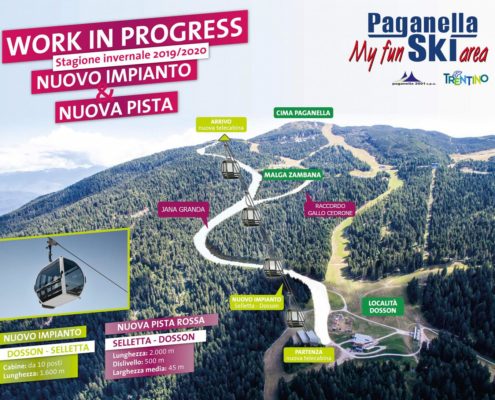 https://greenmarked.it/wp-content/uploads/2024/05/ETV_100VP.jpg
1890
1890
Barbara Centis
https://greenmarked.it/wp-content/uploads/2022/01/LOGO-GREENMARKED-SITO-600x600.png
Barbara Centis2024-05-06 21:55:392024-05-06 23:08:15A Virtuous Example of Combining Tourism and Land Conservation: The Case of Val Poschiavo (Switzerland)
https://greenmarked.it/wp-content/uploads/2024/05/ETV_100VP.jpg
1890
1890
Barbara Centis
https://greenmarked.it/wp-content/uploads/2022/01/LOGO-GREENMARKED-SITO-600x600.png
Barbara Centis2024-05-06 21:55:392024-05-06 23:08:15A Virtuous Example of Combining Tourism and Land Conservation: The Case of Val Poschiavo (Switzerland)May 06, 2024

The post-pandemic recovery has brought people back to discover the world and to travel, so much so that in 2023 more than 954 million tourists were arriving in some destination, for an average of 45 arrivals every second. Each year, the total number of tourists is more than 1.5 billion: in 1950 there were 25 million, and by 2030 this could reach 1.8 billion [1].
One wonders how these masses of people on the move, and the induced industries they generate, can affect the already precarious climate balance, given the current fossil-rich structure of the global economy. In particular, tourism is responsible for 5% of global greenhouse gas emissions, with transport making almost the entire contribution [1].
According to UNEP (United Nations Environment Programme), without making the ecological transition, “tourism would generate up to 2050 an increase of 154% in energy consumption, 131% in greenhouse gas emissions, 152% in water consumption and 251% in solid waste disposal”. Tourism activities also impact the consumption of various natural resources, water, soil, minerals and metals, resulting in solid waste, wastewater and loss of biodiversity [1].
Yet, tourism can become an opportunity to safeguard the environment and to educate tourists on the delicate balance between sustainability and management: all this is possible thanks to territorial brands, a communication that creates a union between the identity of the territory and the perception of the identity itself by the catchment area to which it is addressed, and which is characterised by a specific geographical and cultural connotation [1]. In other words, it is a means by which territories seek to increase their attractiveness through the visual representation of values, meanings and emotions closely linked to the territory.
It is essential to value identity, since it is what gives the individual self-awareness and allows him or her to express their uniqueness and authenticity; this very definition of identity can be used as a goal to be achieved by a given territory since it is precisely by defining the identity of a territory that the expression of values, beliefs and customs, hence the culture of the land, is conferred.
While there are already virtuous examples of brand creation in an urban context (such as the case of New York City), there are not many examples of application to the mountain and agricultural context, except for the Poschiavo Valley in Switzerland.
100% Valposchiavo
Val Poschiavo, an Italian-speaking valley in Switzerland, lies in the southern part of the canton of Graubünden behind the imposing Bernina Massif. It stretches 25 kilometres from the Bernina hospice (2338 m.a.s.l.) to the village of Campocologno (535 m.a.s.l.), which marks its border. It is connected by the Rhaetian Railway, which was inscribed on the UNESCO World Heritage list in 2008. With this recognition, a large part of Val Poschiavo was declared a UNESCO buffer zone to protect the landscape from negative natural and anthropogenic influences.
Several companies in the area process milk, meat, cereals, (medicinal) plants and fruit. The finished products can be purchased in various hotels, restaurants and shops. Valposchiavo is undoubtedly also known for its culinary tradition, which includes specialities such as Pizzoccheri or Brasciadela (rye bread flavoured with aniseed, in the shape of a doughnut), but for the companies to remain competitive, the value chain of organic products must be extended and optimised directly in the valley. The farmers’ associations of Brusio and Poschiavo, the Union of Arts and Crafts Valposchiavo and the local tourism organisation have joined forces by jointly launching the regional development project (RDP) “100% (bio) Valposchiavo” in 2020.
The project was intended to counter the loss of potential added value for local organic raw products due to insufficient processing possibilities. At the same time, cooperation between agriculture and the local hotel and catering sector was strengthened, so that guests could consume a wide range of organic products directly on-site. Furthermore, through a targeted marketing and communication strategy, in cooperation with Turismo Valposchiavo, products are presented on the market in the best possible way. A product can only be labelled “100% Valposchiavo” if either the product itself (in the case of raw materials such as milk, meat, fruit, vegetables, etc.) or all of its components (in the case of composite products such as sausages, yoghurt, bakery products, etc.) come entirely from Valposchiavo [1].
This project provides very interesting and innovative solutions so that agriculture, processors, but also the hotel sector, tourism and handicrafts of the entire region can establish themselves in a targeted manner and add value to their products. It protects agricultural products and thus the economy of this valley from a sustainable perspective, recognising the essential contribution of the environment and the social sector and protecting workers who do not have to leave the valley to find employment elsewhere. It is a true example of sustainability because it allows the tourist to use the area, which enriches and protects it instead of impoverishing it.
Thanks to targeted investments, the prerequisites for sustainable and competitive agriculture in Valposchiavo are created and, above all, it is ensured that the entire processing chain, and thus its added value, remains in the valley.
The “100% Valposchiavo” project saw the light in 2016 and has since consolidated its position, becoming an integral part of the tourist, gastronomic, agricultural and commercial reality of Valposchiavo. The project’s success is also tangible beyond the valley’s borders, as demonstrated by the numerous awards and prizes it has received. Over the years, “100% Valposchiavo” has never stopped growing, and with it the number of member companies. To date, four interest clubs have each signed their own sector charter, namely the 100% Valposchiavo Restaurants, the 100% Valposchiavo Butchers’ Shops, the 100% Valposchiavo Bakeries/Pastry Shops and the 100% Valposchiavo Food Shops. By signing up, they have committed themselves to promoting the project and its products. Since recently, antique shops can also subscribe to the agreement, thus contributing to the complete coverage of the chain. Valposchiavo is becoming a case study for this winning idea of territorial protection: agriculture, the environment, the social sector and tourism are opportunities to safeguard the territory if we can sustainably conceive of them.
References:
Click here to expand the references[1] Stotten, R., & Froning, P. (2023). Territorial rural development strategies based on organic agriculture: the example of Valposchiavo, Switzerland. Frontiers in Sustainable Food Systems, 7. https://doi.org/10.3389/fsufs.2023.1182993

